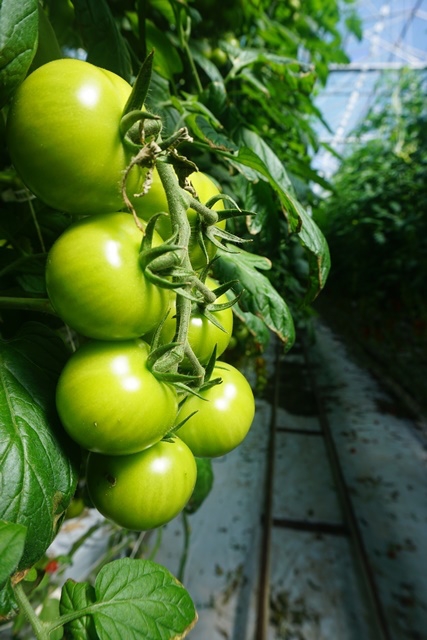
Features
Production
Profiles
Labels, automation tech make Ontario company international success
November 21, 2017 By AgInnovation Ontario

November 21, 2017, Windsor, Ont – Product traceability is critical for food processors, and an Essex County company specializing in agricultural automation has been helping them sustainably improve for 27 years.
“Automation was almost non-existent in agriculture 30 years ago, but there was obviously a need for it,” says Joe Sleiman, founder and president of Ag-Tronic Control Systems, an automation technology company based near Windsor.
“We started by looking at ways to help local produce growers improve efficiency, and do so in a more sustainable way. Now we have clients throughout Canada, the United States, and Mexico, and we’re in the process of expanding to South America, Europe and Australia,” he says.
Together with his wife Samia, Sleiman started Ag-Tronic Control Systems in 1991 to market and improve his own automation equipment. At the time, that included a height control system for tomato harvesters, tractor guidance equipment, and a plant watering system.
With these accomplishments, Sleiman was asked by local greenhouse growers to design a better cucumber grading system, and improve a labelling system for tray packed tomatoes.
The market success of those tomatoes, though, created a new challenge: the mislabelling of produce once tomatoes were removed and repackaged. This caused losses at the retail level, prompting the same growers to request a labelling system that could apply stickers directly to the tomato body instead of the packing box.
With the success of his new direct-label system, Sleiman created a sub-company called Accu-Label Inc. in 2001.
Under the Accu-Label brand, he developed both an automated label machine and biodegradable, paper stickers. Combined with a recyclable liner – the parchment on which the stickers sit – he started marketing his product as both cost-saving and more sustainable than those using plastic stickers.
“Our goal was to provide better performance with more sustainably,” he says. “Plastic stickers are already used, but no one wants to eat that. People also hate that they can’t be recycled.”
A number of additional technologies were also created, including a handheld unit for smaller packers, and a larger portable machine that lets food retailers put their own brand onto a product wherever and whenever they require.
A more user-friendly labelling machine was unveiled in 2008 that negated potential problems associated with the labeller’s liner removal system.
“We developed a system to print labels on-the-go, including bar and trace codes,” says Sleiman. “That means marketers can get both traceability and their own brand right on the produce in a safe, efficient way.”
More recently, Sleiman launched a camera attachment that automatically monitors labels after printing. This, he says, helps ensure each sticker is printed properly, and further improves product traceability.
“We’re providing this for free to everyone who has our Print & Apply brand label machines,” he says. “It’s part of our commitment to ensure our customers continue to have the latest and best fruit labeling technology.”
Print this page